Trees by Charlie Waite
Trees
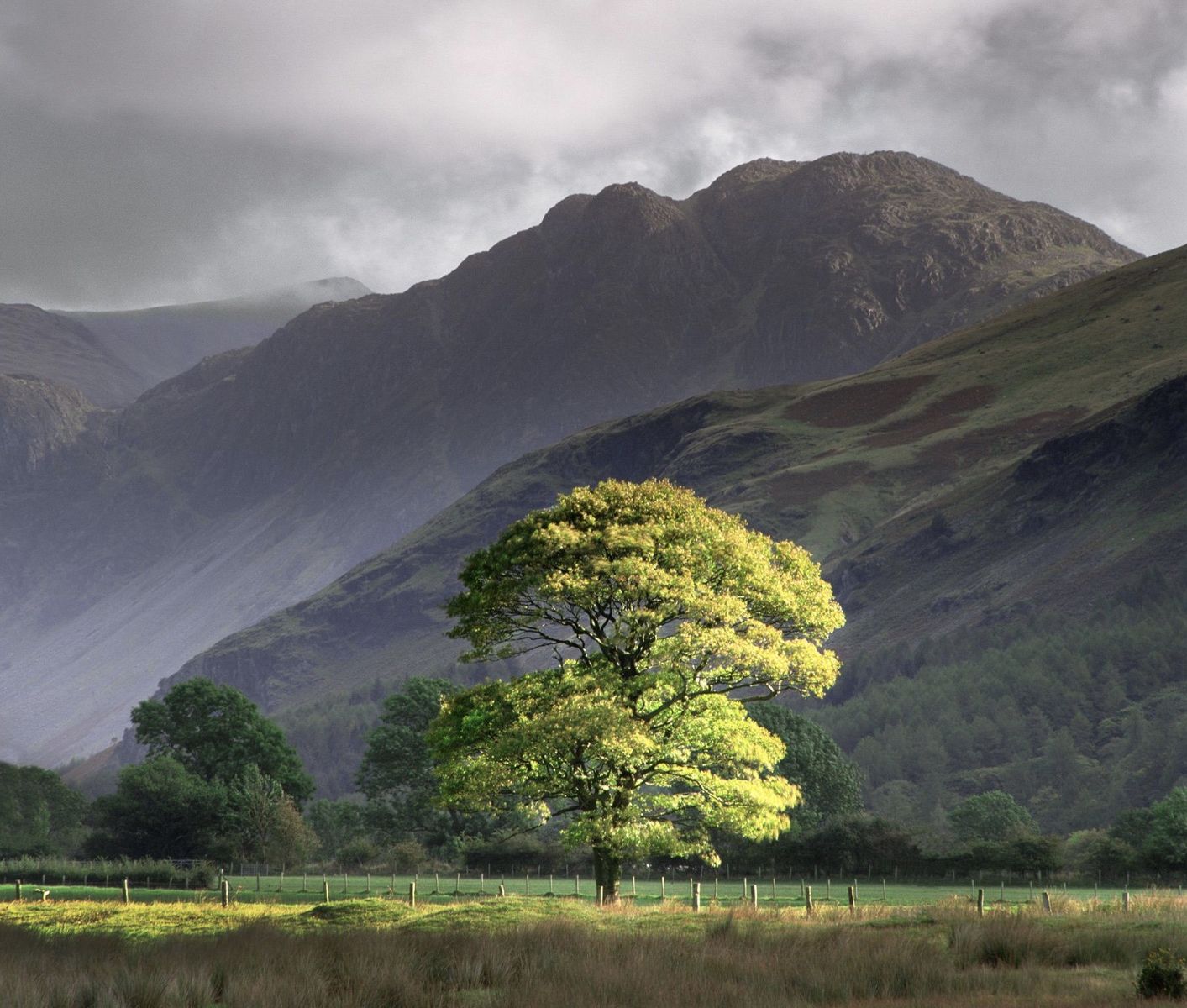
ABOVE: BUTTERMERE II, CUMBRIA
Whether as a dense mass or a solitary organism standing noble and stately, the tree plays both a hugely environmental and an emotional role in all of our lives.
The tree, in many parts of the world, is our seasonal barometer and if we are lucky enough to have a tree in our garden, we will know its character and personality. We will enjoy a real and meaningful relationship with it.
The landscape photographer extends this relationship, elevating the tree to an almost sacred status. The tree invites the photographer to revere its beauty and shape. Landscape photographers have a love affair with trees.
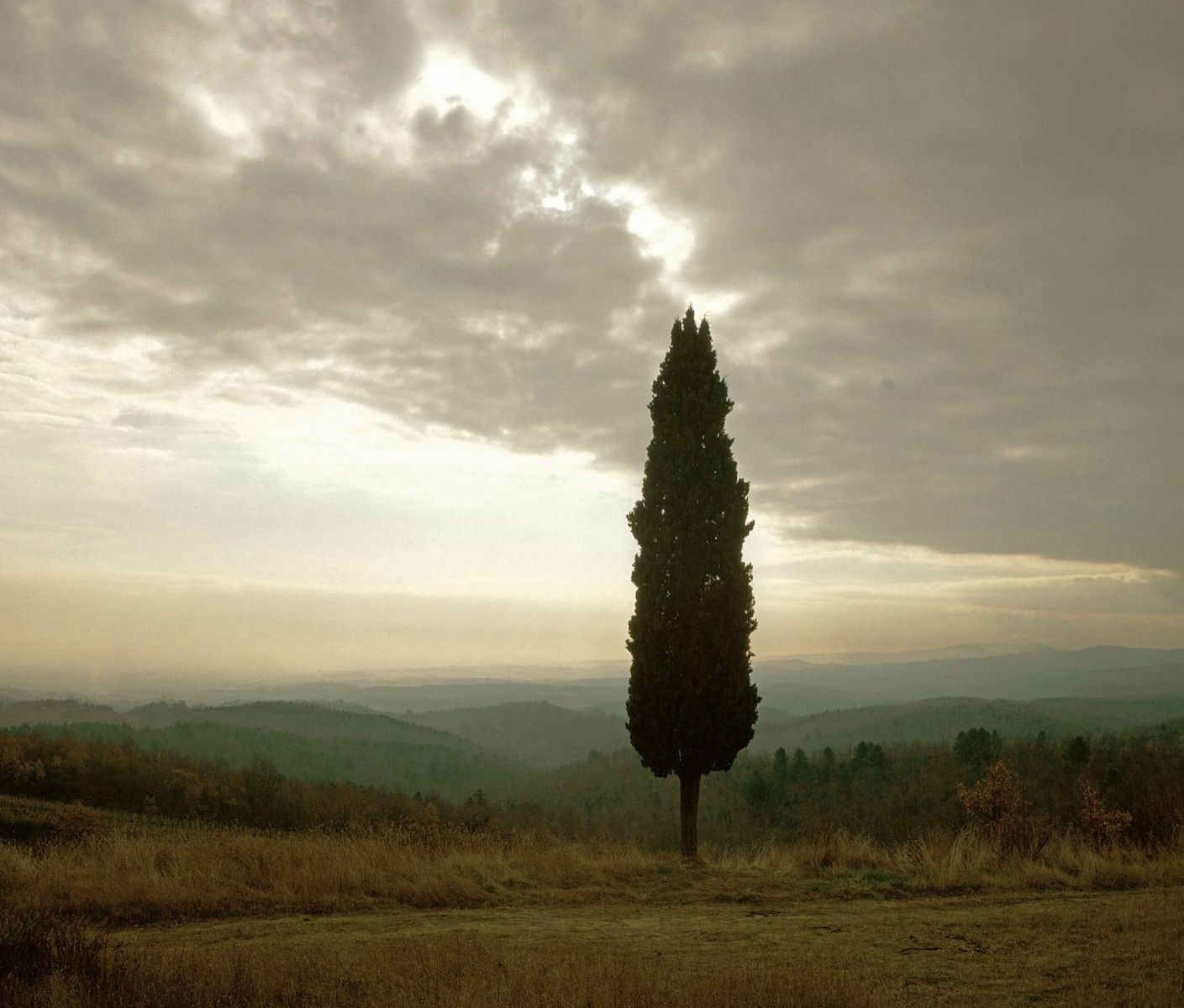
ABOVE: SINALUNGA, TUSCANY, ITALY
We are mostly familiar with the girth and height of a tree and accordingly trees can play a crucial role in assisting the viewer of a landscape photograph to gather the necessary markers and reference points which contribute to establishing an understanding of what I like to define as DDD, being depth, distance and dimension within the image. Trees, in their punctuating role, help to delineate the landscape and as with cloud shadow can help to mitigate the two dimensional nature of photography.
In northern climes, we seek the ravishing yellows and reds of fall color, bringing thousands to gawp and wonder. The winter months can transform the tree to a skeletal and often haunting look with its naked branches perhaps fringed with snow. Many a landscape photographer enjoys the half monochrome half color look of the deciduous winter tree and may prefer the bony look in preference to an evergreen slumped with the weight of snow.
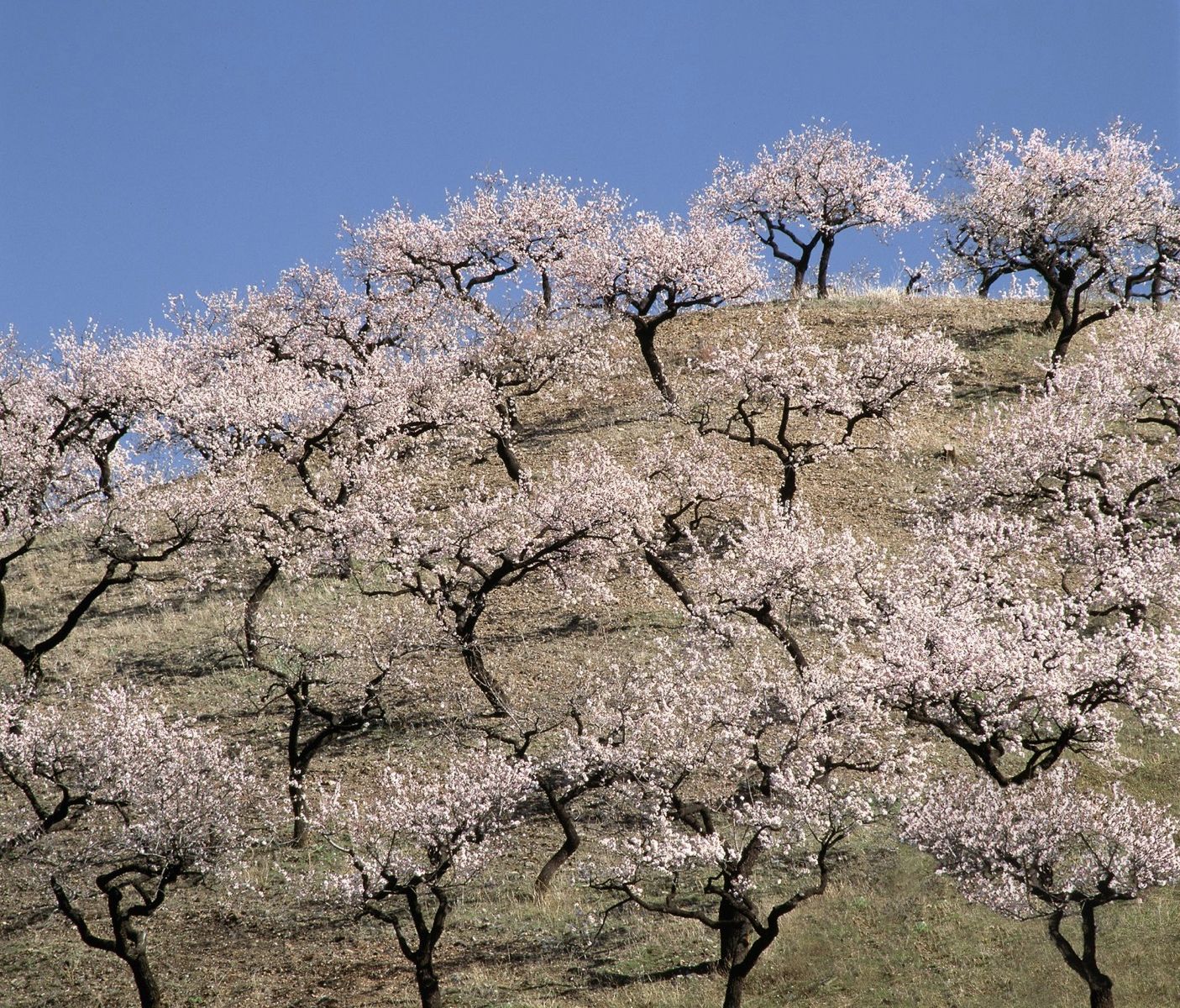
ABOVE: LAS ALPUJARRAS, SPAIN
Onward to the moist and shiny leaves of spring, reflecting so much infrared radiation, that the infrared photography enthusiasts can have a field day taking the viewer straight back to winter. With my color photography, I often trip myself up by using a polarizing filter to remove the white light reflection from some of the reflective leaves only to find of course that green, one of the trickiest colors to render correctly turns almost fluorescent. Restraint is my maxim when using the polarizer.
You would think I would have learned by now!
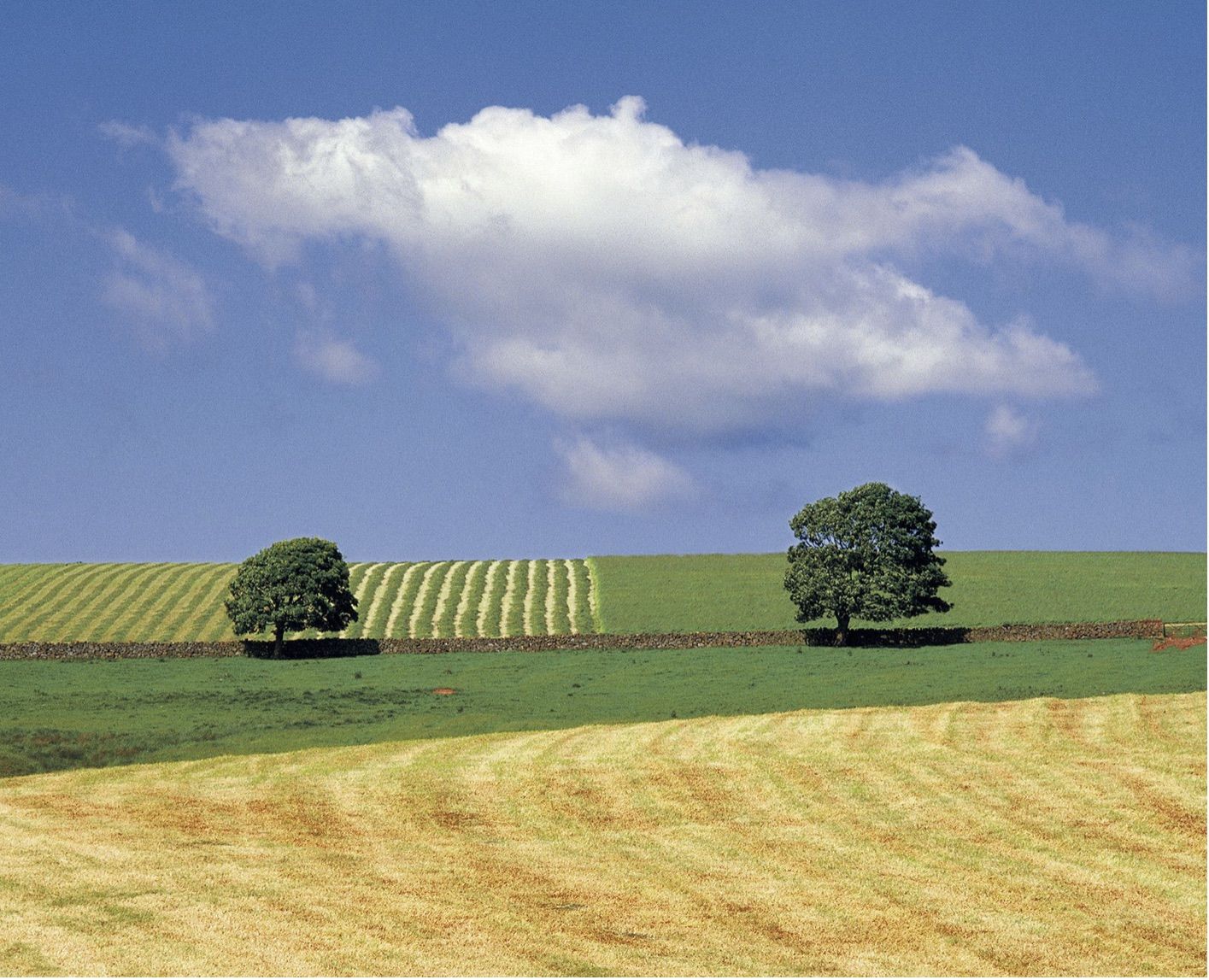
ABOVE: LAMMERMUIR, NEAR DUNS, THE BORDERS, SCOTLAND
Finally to the summer swelling of our trees where the muscular limbs of the mighty oaks can barely be seen through the many thousand leaves. I have learned that an average sized oak tree will drink 50 gallons of water per day. In my experience the ‘fully leafed’ summer tree can look lumpy and without form and the northern hemisphere summer is my least favorite time for photographing trees.
But surely it is for those screamingly vivid fall colors that the photographer will travel hundreds of miles. In this last fall, I found myself in Colorado thinking that no one would accept the natural rendition of yellow, no doubt accusing me of massive over saturation. What is a landscape photographer to do except subduing the colors of nature at the risk of being thought dishonest and fraudulent? Like over sharpening, increased saturation should in my view be applied with great care. The eye and the brain are an amazing double act and may question the depth of a color that they cannot process.
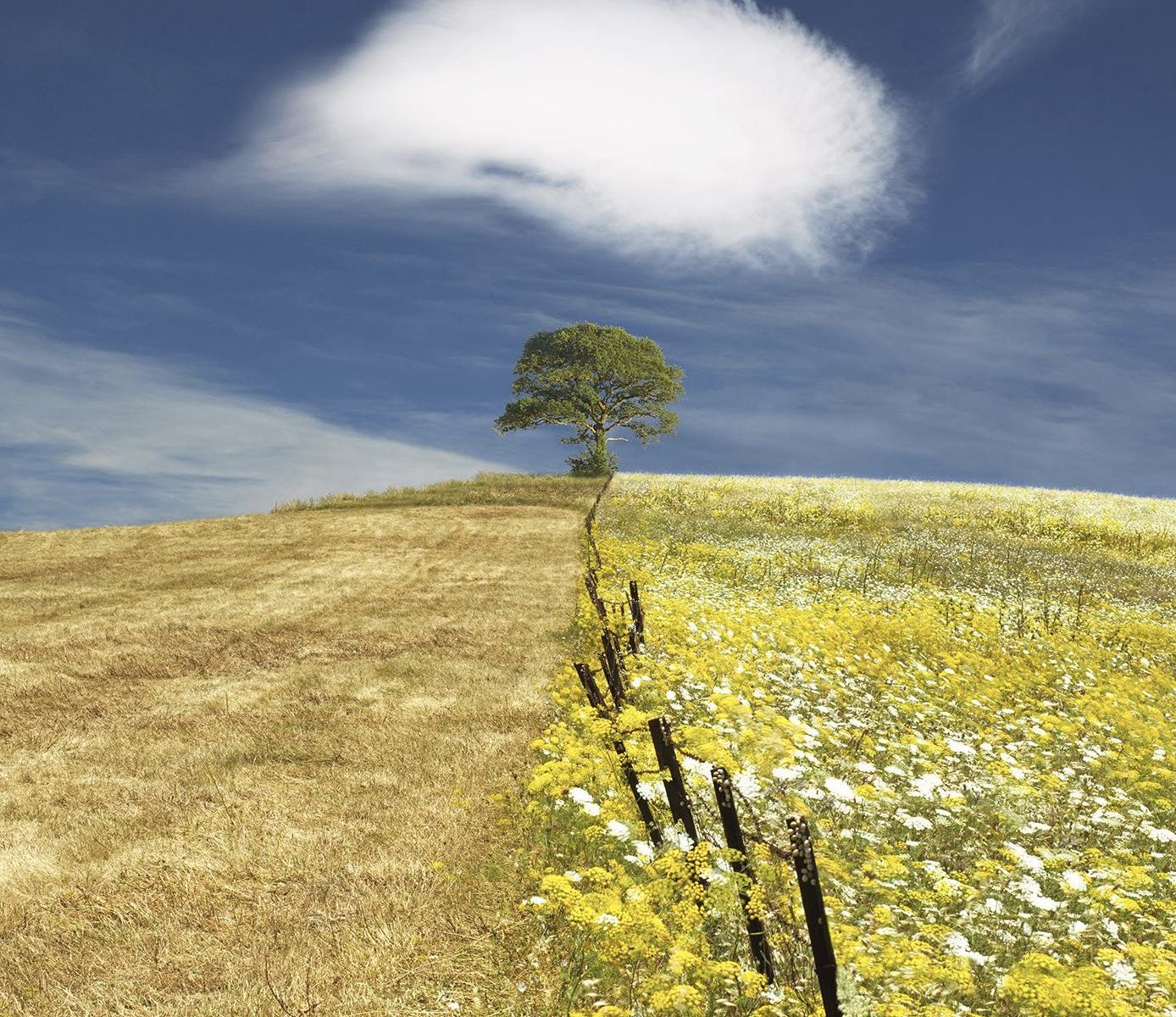
ABOVE: SOUTH OF GRANADA, ANDALUCIA, SPAIN
But whichever season it may be, trees will more often than not arrest the photographer and it is no secret that my ‘tree fix’ often comes with the tree avenue. If anyone shares my love of an avenue of trees and there must be a good many, it seems to me to be important to maintain the secrecy and mystique by denying the outside world a look in. A chink of light seen high up in the frame be it from the blue sky or a ‘white sky’ highlight may serve to undermine the feel of a majestic nave of a cathedral. I remember years ago making an image of an avenue of trees that offered a perfect shape of a bottle of white wine at the far end and without wishing to sound too fanciful, it seemed to me to haul the viewer through and outward toward the bright light of hope.
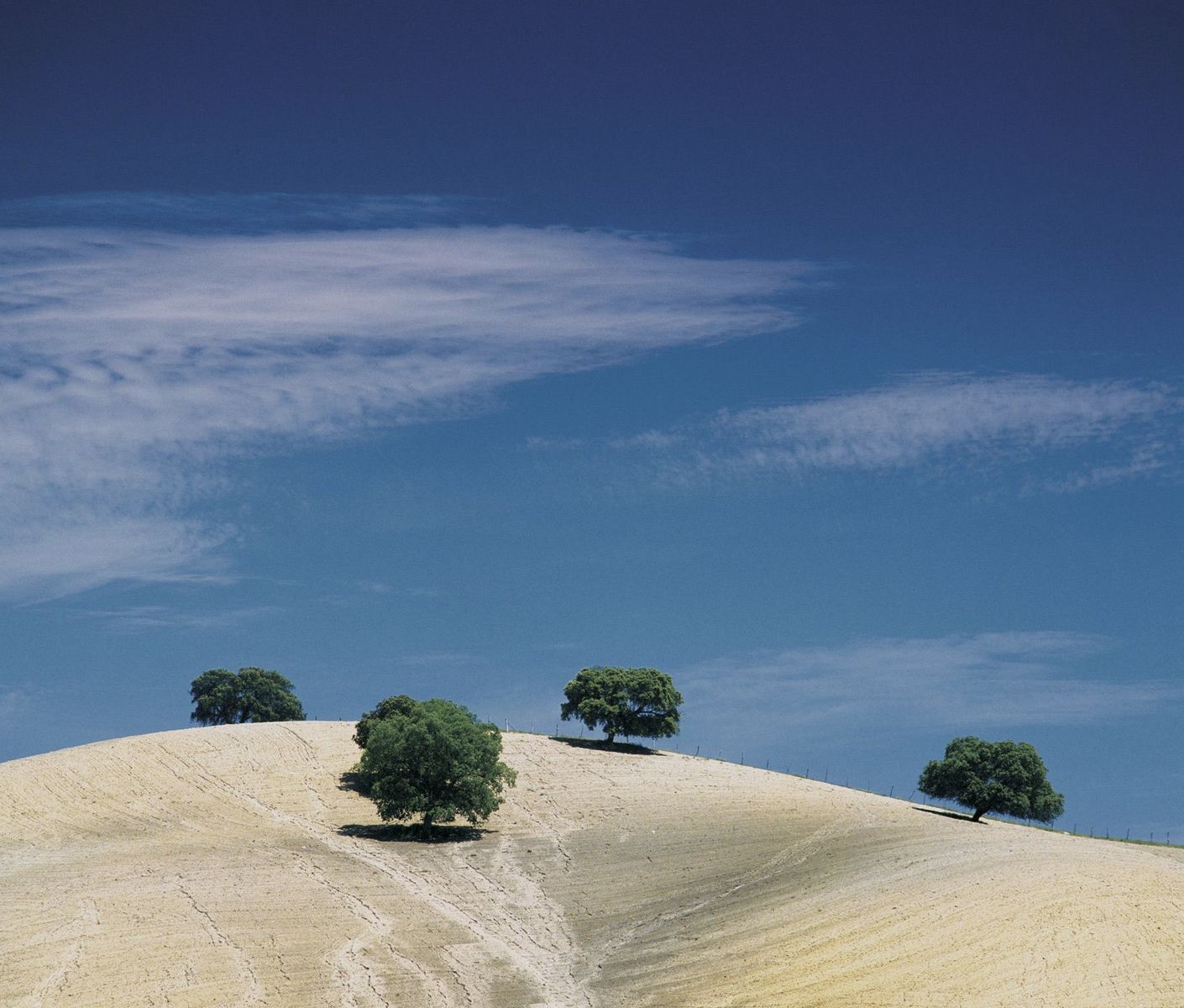
ABOVE: BOBBLE TREES, ANDALUCIA, SPAIN
I shall be forever attracted to the tree avenue and always find myself evaluating its uniformity before I commit to setting up; its no good having a gap where a tree may have been felled and where a stream of light may attract the eye to what is essentially a break of continuity.
But what landscape photographer can resist the lonely tree? I know that I am unable to do so.
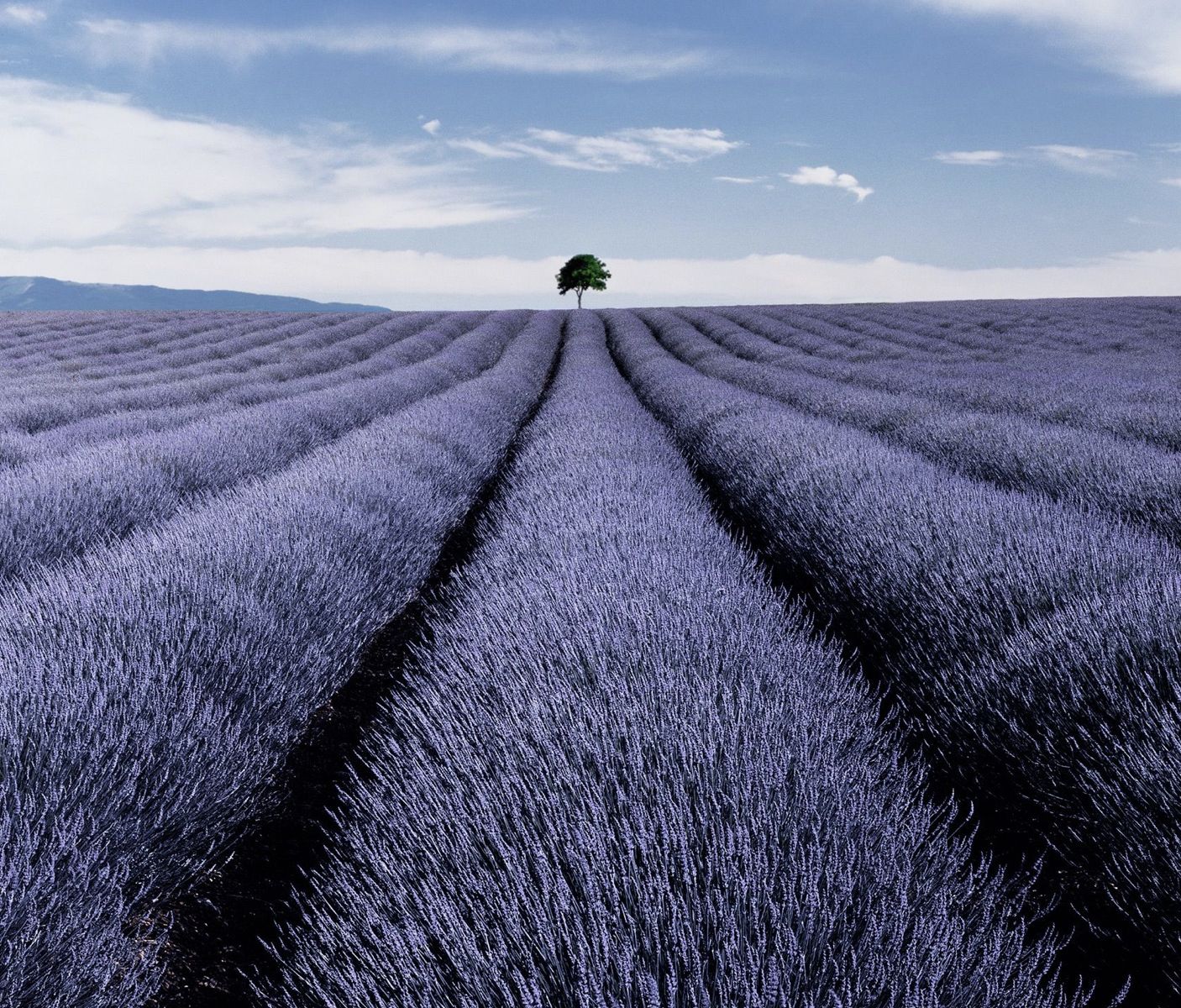
ABOVE: VALENSOLE II, FRANCE
To view more of Charlie's photography please click here.
(Article originally published in the U.S.A for Popular Photography magazine in 2013).

Share this article...